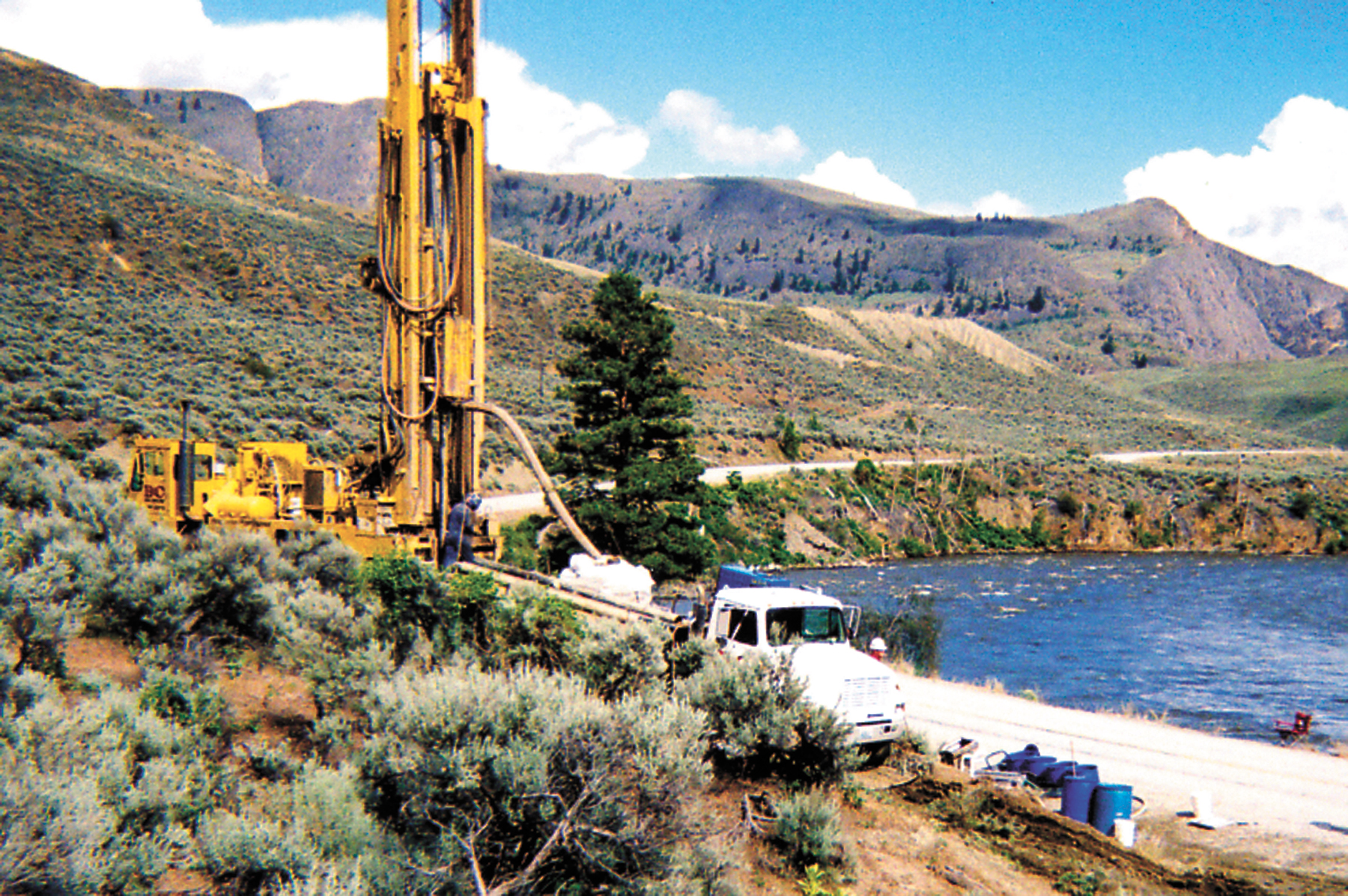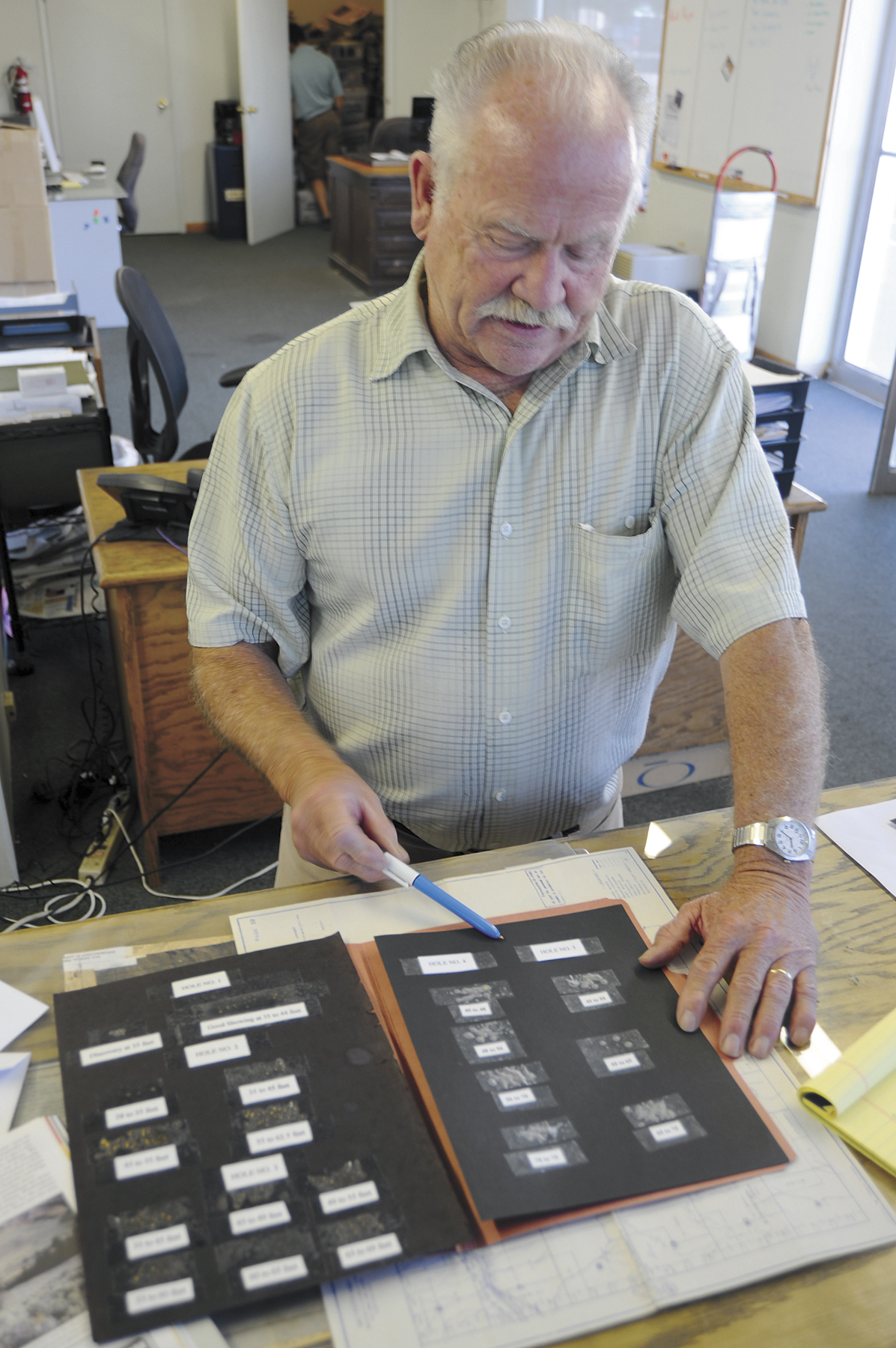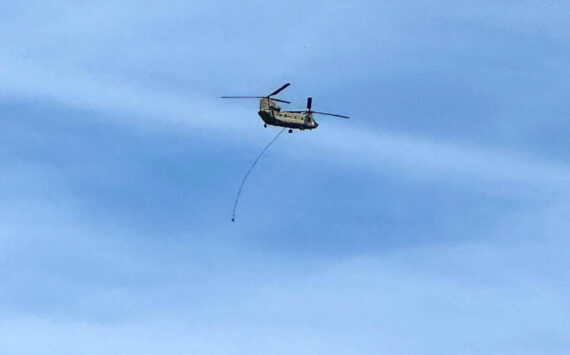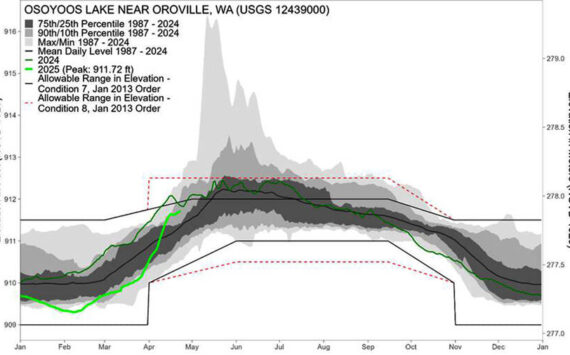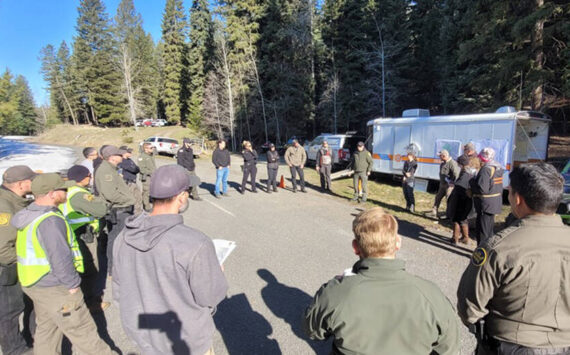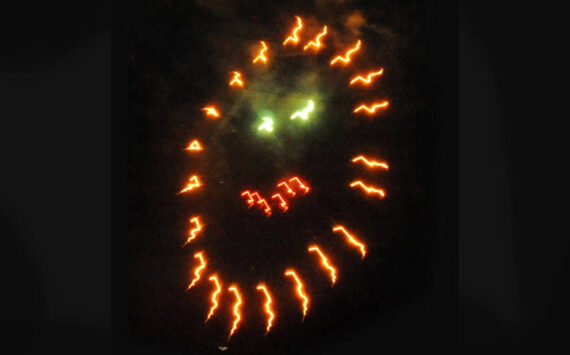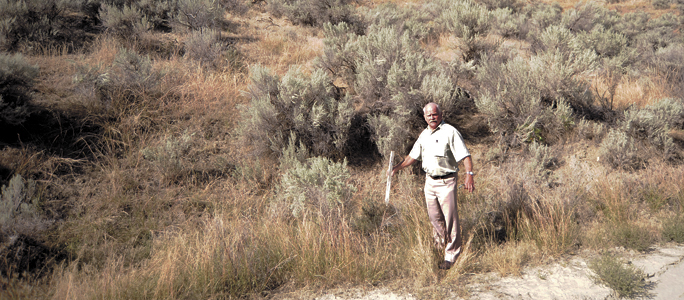
Golden Opportunity?
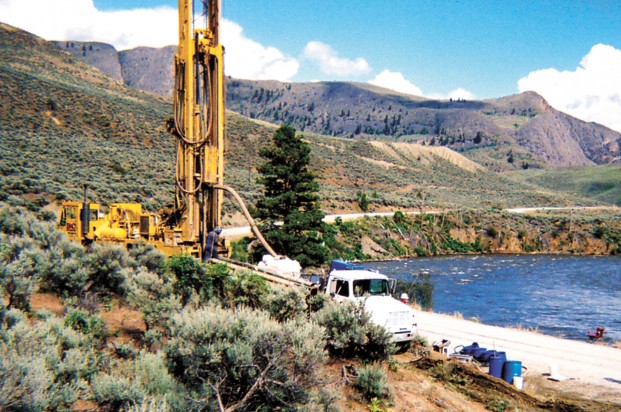 Prospector believes that paleo-river channel source of Rich Bar strike
Prospector believes that paleo-river channel source of Rich Bar strike
OROVILLE – Bob Larson believes he’s located gold in what he calls a paleo-channel, an ancient river bed that parallels and crosses the Similkameen River.
He and his partners in Similkameen LLP feel this could be a major find, but they don’t have the financing to continue their exploration.
“It’s going to take more resources than our group of prospectors have,” said Larson on one of his frequent trips to the area from his home in Bellingham. “I know there are people out there that would be interested in this. We’re going to have to see what comes out of the woodwork.”
Most of the exploration he and his group have done has been on BLM land upstream of Shanker’s Bend. Their 88 acre claim is not far, he says, from the Rich Bar in the Similkameen, the first gold strike in Washington State in the mid-1800s. The stakes where Larson and his team drilled in December of 2005 can still be seen. At that time they drilled three test holes and returned in the spring of 2006 and drilled two more.
On two black sheets of construction paper Larson has laid out samples of the gold they found in their test holes with the various depths noted where each sample was gathered. He said the placer gold they discovered got courser the deeper they drilled.
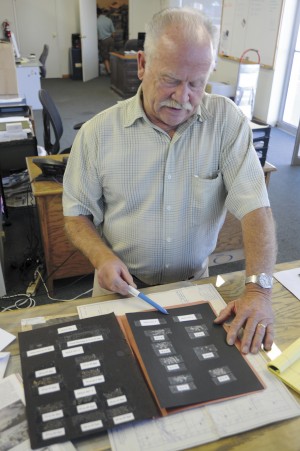
“We made gold discoveries at 35 feet to 75 feet. Of course we’d like to go deeper, but I feel beyond a shadow of a doubt that we’ve found the source for the Rich Bar,” he says.
Larson, who is the author of Gold Prospecting, The Ultimate Adventure, talks about the Similkameen in his story, The Mystery River. He has also written of his prospecting efforts in the area in ICMJ’s Prospecting and Mining Journal.
In his research the prospector points to mentions of placer gold finds in the Oroville Gazette from Oct. 2, 1931.
“The gravel is said to carry placer gold all through it and not only at bed rock,” writes the Gazette at the time. “To hear Mr. Thorn tell it the operation is as simple as shooting fish in a tub, if you know how.”
Larson’s research also brought him to N.L. “Bill” Barlee’s Book Gold Creeks and Ghost Towns of Northeastern Washington. Barlee, who had a popular television show on Canadian television, talks of placer gold in several locations in north Okanogan County, and particularly about the 1859 gold find near Shanker’s Bend by U.S. Army soldiers doing a boundary survey.
Barlee describes the Similkameen as “one of the greatest placer gold rivers in the state yielding a bonanza of over 31,000 ounces of gold. A large piece of an iron dredge that was used to scrape the river bottom in the 1930s can still be seen along the shores of the Similkameen. Further evidence of the rivers popularity with would-be prospectors are the great number of modern suction dredges that can be seen working the riverbed each summer.
Larson believes that a former, pre-historic river, or paleo-channel, was the source of the placer gold found in the Rich Bar in the mid-1800s.
“The Shanker’s Bend Loop is very important. The channel crosses the Similkameen in at least two places, it’s so obvious once you know it’s there,” he said.
Larson and Similkameen LLP’s claims are north of Shanker’s Bend on BLM and some private land, he says. Their company can be contacted care of James Hoogestraat, Attorney at Law, 119 N. Commercial St., Suite 186, Bellingham, WA 98225.
